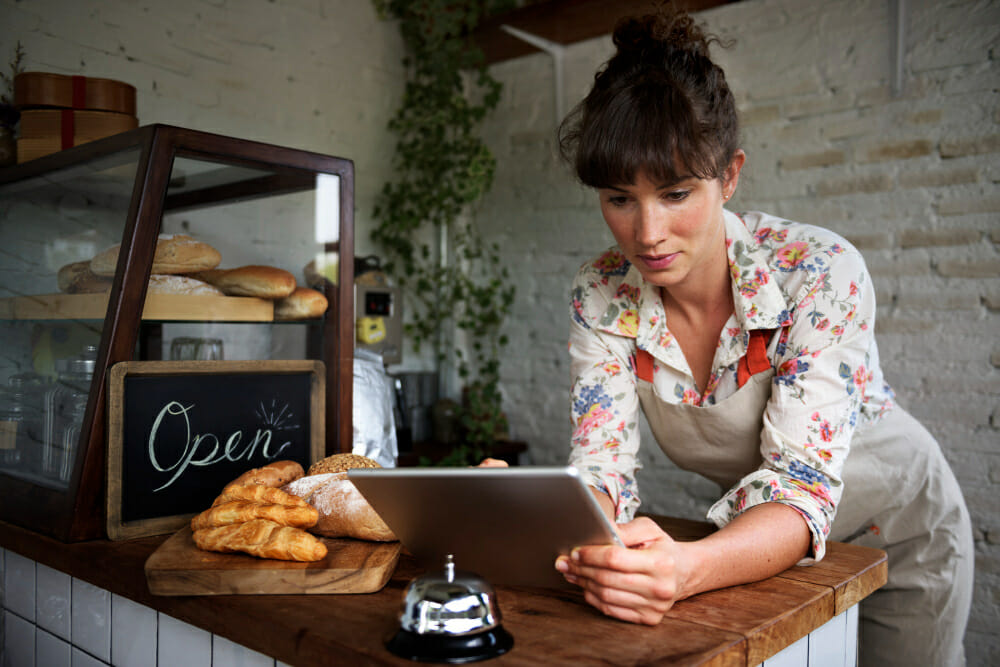Currency trading, also known as foreign exchange trading (Forex trading), is becoming increasingly popular among investors throughout the world. In the past, currency trading was the preserve of big banks, corporations, and professional investors, but with the development of the internet and increasingly sophisticated trading platforms, forex trading has now become available to ordinary individuals.
In its simplest form, forex trading involves sellers and buyers exchanging different currencies with each other at an agreed price. An example of this is when central banks, companies, or individuals exchange one currency for another.
Currency trading is therefore often done for purely practical reasons, but most currency trading is carried out by so-called forex traders who aim to make a profit from their currency exchange. This is because a large number of currencies exchanged on a daily basis can lead to high volatility for some currencies, which means that the exchange rate fluctuates.
Forex trading: How does it work?
Forex trading is based on speculation. This means that the trader tries to put together as realistic scenarios as possible that could affect the outcome of a particular currency. Some of the factors that come into play are technical analysis, interest rates, trade balance, political stability or unrest, economic growth, and capital flows. It involves analyzing external conditions and predicting whether the currency will rise or fall in value in order to make wise decisions.
A currency trade is always done with a pair of currencies, where one of them is being sold and the other bought at the same time. In currency pairs, the two currencies are indicated as follows: USD/YEN. The currency pair consists of a base currency and a quote currency, in the example above the US dollar is the base currency and the Japanese yen is the quote currency.
When a currency pair increases in value, it means that the base currency increases in relation to the quote currency, whereas when it decreases in value the relationship is the opposite. Thus, you buy when you think the base currency will increase against the quoted currency, and you sell when you think the value of the base currency will decrease. If you are correct in your assessment, you can sell or buy the pair and make a profit.
Trading with leverage
Forex trading is widely regarded as the largest financial market in the world, with a daily trading volume of $6.6 trillion. Although the trading process in such always works in the same way, the actual trading can be done in different ways.
In the past, currency trades were mainly carried out through professional foreign-exchange traders, but now that online trading is becoming more common, it is also possible for individuals to take advantage of exchange rate movements and trade in various types of derivatives.
These derivatives are called leveraged products and allow you to open a position by placing a relatively small stake in the total value of the position. So, you do not own the asset you are trading, as you do when you trade non-leveraged products, but instead, you take a position with an estimation of how much you believe the market will either fall or rise.
The biggest risk of leveraged forex trading is that just like the possibility for big profits, losses are magnified when the market goes against you. Leverage may require a minimum outlay of capital, but because trading results are based on the total position size you control, losses can be substantial.
How to get started with Forex trading
Ready to start trading currency pairs? Below is a step-by-step guide on how to get started.
1. Sign up with a Forex broker
First, you will need to find an online broker that enables trading with currency pairs. There are lots of platforms to choose from, so make sure you choose one that meets your requirements. The most important thing is to choose a legitimate and regulated operator. But you should also look for one with zero (or few) spreads because this can save you a lot of money. Here are some forex brokers with no spreads reviewed.
In addition, you could conduct research on the best Forex brokers by reading reviews from successful traders. For instance, websites such as topbrokers.com offer traders comprehensive information about the top Forex brokers.
2. If possible, start trading with a demo account
Most online brokers offer demo accounts where trading is done with “fake” money. This means that you do not have to risk any of your own capital to try forex trading. On the other hand, this also means that you will not earn any real money if you are lucky. However, by trading with a demo account, you will learn the basics and gather more confidence when you start trading for real.
3. Start trading for real
Once you are confident enough, money can be deposited into your real account, and you can start trading forex for real.
4. Never stop learning
Follow blogs, news, or podcasts about forex trading to learn more about it. But above all – try it out in small steps. Create a strategy and stick to it – no matter what. It is mainly when emotions are allowed to rule, that wrong investment decision are made.






